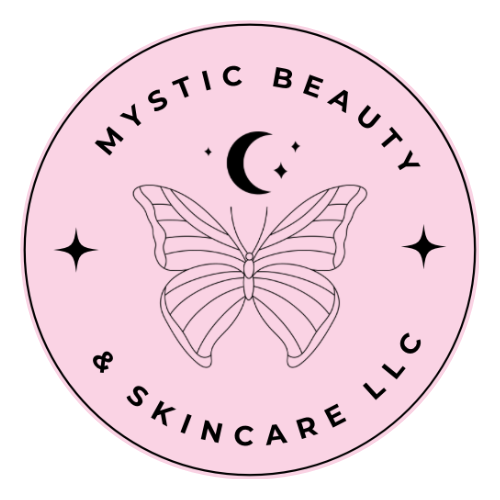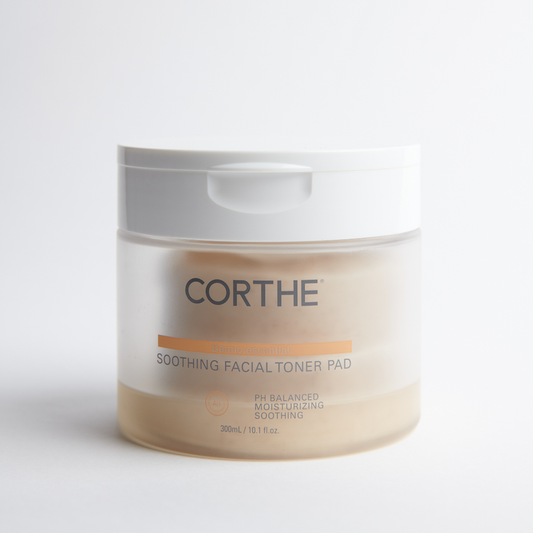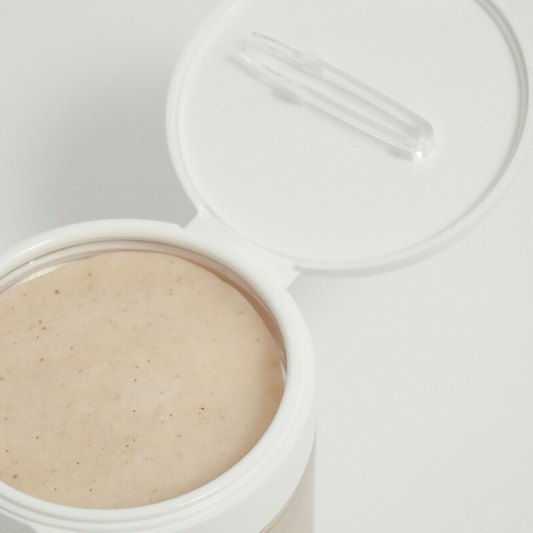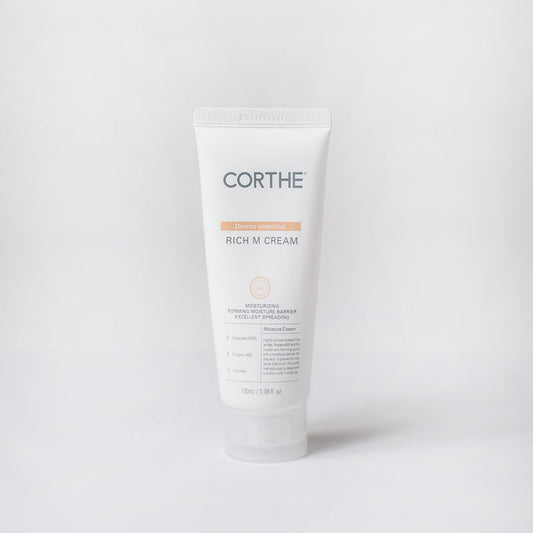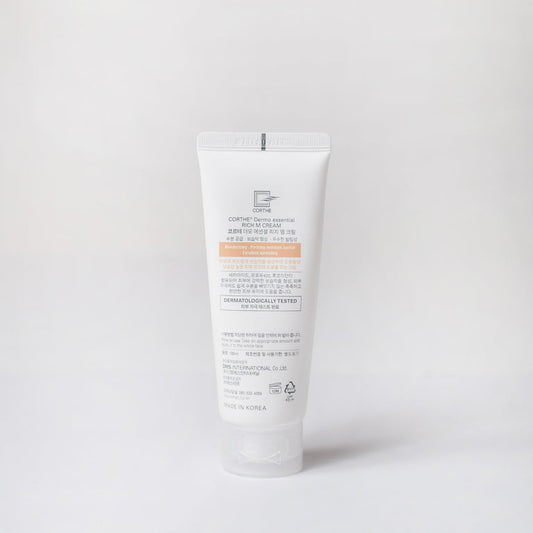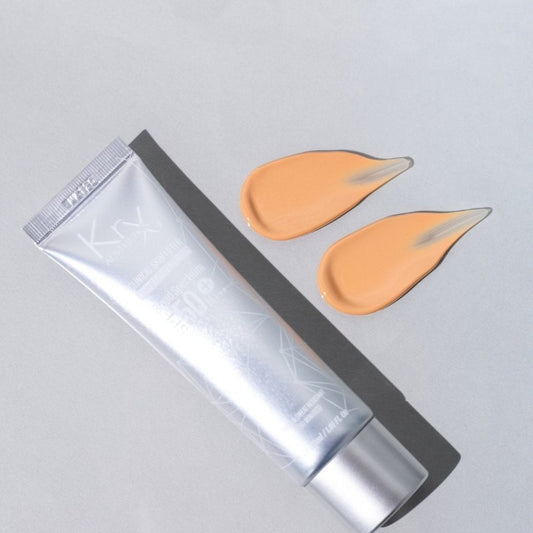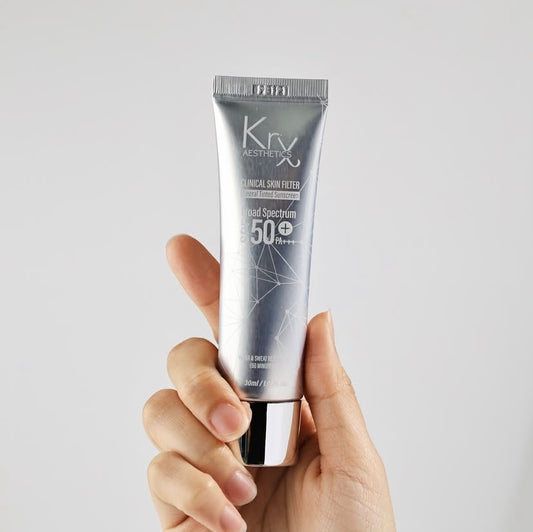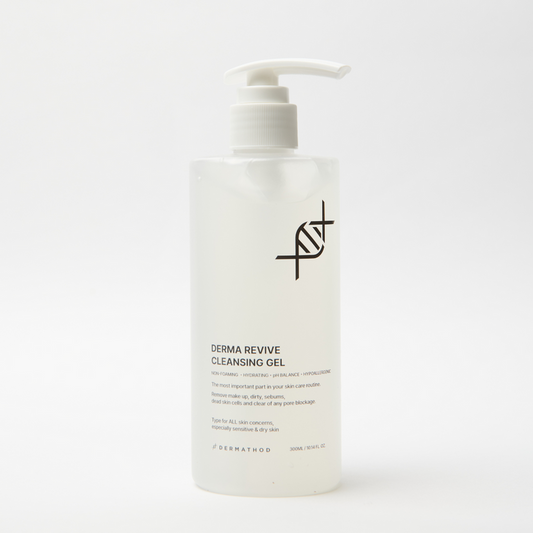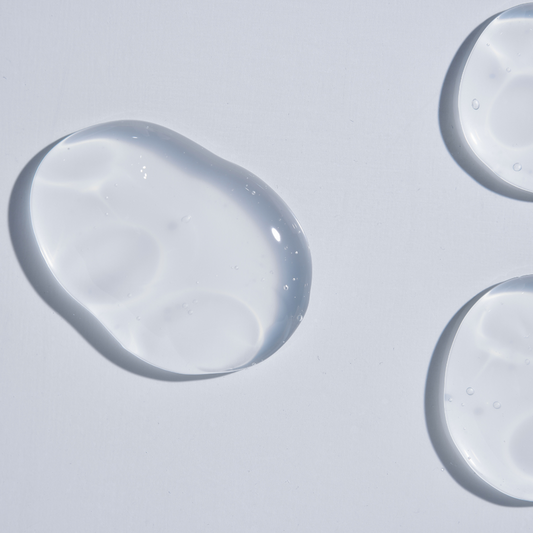
Is Snail Mucin Safe? Acne-Prone Skin & Ethical Concerns Explained
Share
Snail Mucin and Korean Skincare
Snail mucin (snail secretion filtrate) has earned a reputation in K-beauty for intense hydration and skin regeneration—but it isn’t the perfect fix for everyone. In this clear, educational guide, we’ll explain what snail mucin actually does, why it can backfire on sensitive or acne-prone skin, the ethical questions around harvesting, and—most importantly—which powerhouse ingredients deliver the same benefits without the downside.
What is Snail Mucin?
Snail mucin, also called snail secretion filtrate, is a thick, sticky substance snails naturally produce to protect and repair their bodies. In skincare, it’s used for its mix of hyaluronic acid, proteins, enzymes, and antimicrobial peptides. It’s especially popular in Korean skincare routines for its supposed benefits in healing damaged skin, boosting hydration, and reducing fine lines.
What Does Snail Mucin Do in Skincare?
Snail mucin is the viscous secretion snails produce to protect and repair their own skin. In cosmetics, it’s prized for containing:
-Hyaluronic acid for moisture retention
-Glycoproteins and enzymes that support barrier repair
-Antimicrobial peptides to help defend against bacteria
Applied topically, it feels rich and leaves a dewy finish—but not every skin type tolerates its complex mix of proteins and bioactives.
Why Snail Mucin Isn’t the Best Choice for Sensitive or Acne-Prone Skin
While it may work for some, snail mucin can cause more issues than benefits for sensitive, reactive, or breakout-prone skin types.
-Pore-clogging proteins. Its high protein content may overwhelm acne-prone skin, leading to clogged pores.
-Fungal acne risk. The sugars in snail mucin can feed lipophilic yeast (Malassezia), causing “fungal” breakouts.
-Batch inconsistency. Biologically sourced extracts vary from lot to lot, so you never know exactly what’s in your bottle.
-Allergy potential. Proteins and growth factors may irritate sensitive skin, resulting in redness or itching.
If you’ve ever experienced unexplained bumps after a snail-mucin product, these factors are often to blame

Ethical Concerns: Is Snail Mucin Cruelty-Free?
-Stressful extraction. Many farms harvest mucin by stimulating snails, which can harm or exhaust them.
-Loose regulation. Labels like “cruelty-free” have no unified standard in this space.
-Vegan alternatives exist. Lab-created humectants and plant extracts deliver similar results without animal welfare questions.
| Ingredient | Key Benefit | Why It Works Better |
|---|---|---|
| Beta-Glucan | Deep hydration & anti-irritant | Fungal-safe, barrier-strengthening |
| Centella Asiatica | Calms redness, boosts collagen | Consistent, well-studied extract |
| Panthenol (Vitamin B5) | Moisture retention & repair | Lightweight, universally tolerated |
| Polyglutamic Acid | Superior humectant—holds more water than HA | Prevents transepidermal water loss |
| Niacinamide (B3) | Balances oil, fades dark spots, tightens pores | Supports ceramide synthesis |
| Tremella (Snow Mushroom) | Hydration plus antioxidant protection | Smaller molecules than HA for deep delivery |
Korean Skincare Products Without Snail Mucin (That Actually Work)
Here are some powerful alternatives we recommend at Mystic Beauty and Skincare:
KrX Cica Recovery Line – This barrier-repairing line is rich in Centella Asiatica and made specifically for compromised, inflamed, or over-exfoliated skin. Perfect for clients recovering from breakouts or skin treatments.
Dermathod Derma Revive Triple Action Mask – This mask delivers hydration, anti-inflammatory botanicals, and gentle resurfacing without sensitizing the skin. Great for dull or reactive complexions.
NeoGenesis Beta Glucan Serum – A highly effective and calming serum that deeply hydrates, soothes irritation, and supports skin barrier repair. Reduces inflammation—without any animal-derived ingredients.
Dermathod Moist Morning Touch Foam Cleanser – A complete skincare line specifically formulated to fight acne, prevent breakouts, and keep skin balanced.
KrX Cica Home Masks – Specifically formulated to fight acne, soothe inflammation, prevent breakouts, and keep skin balanced with Centella Asiatica.
KrX Jelly Mist Spray-On Gel Mask – lightweight Korean hydrating mist infused with Ginseng Ferment, Ceramides, and Centella Asiatica to instantly soothe, plump, and strengthen your skin’s barrier.

Snail Mucin FAQ
Q: Can alternatives hydrate as deeply as snail mucin?
A: Yes—ingredients like beta-glucan and polyglutamic acid often outperform mucin by binding more water and reducing moisture loss.
Q: Are these plant-based options safe for fungal acne?
A: Absolutely. Beta-glucan, panthenol, and tremella are non-comedogenic and won’t feed yeast.
Q: How quickly will I see results?
A: Most users notice improved hydration and reduced sensitivity within 1–2 weeks after discontinuing snail mucin usage. Barrier-repairing actives like Beta Glucan and ceramides build resilience over 4–6 weeks.
Q: Can I mix several alternatives in one routine?
A: Yes! Layer your hydrators first (e.g., polyglutamic acid), then your active serums (e.g., niacinamide), and finish with a barrier-sealing moisturizer.
